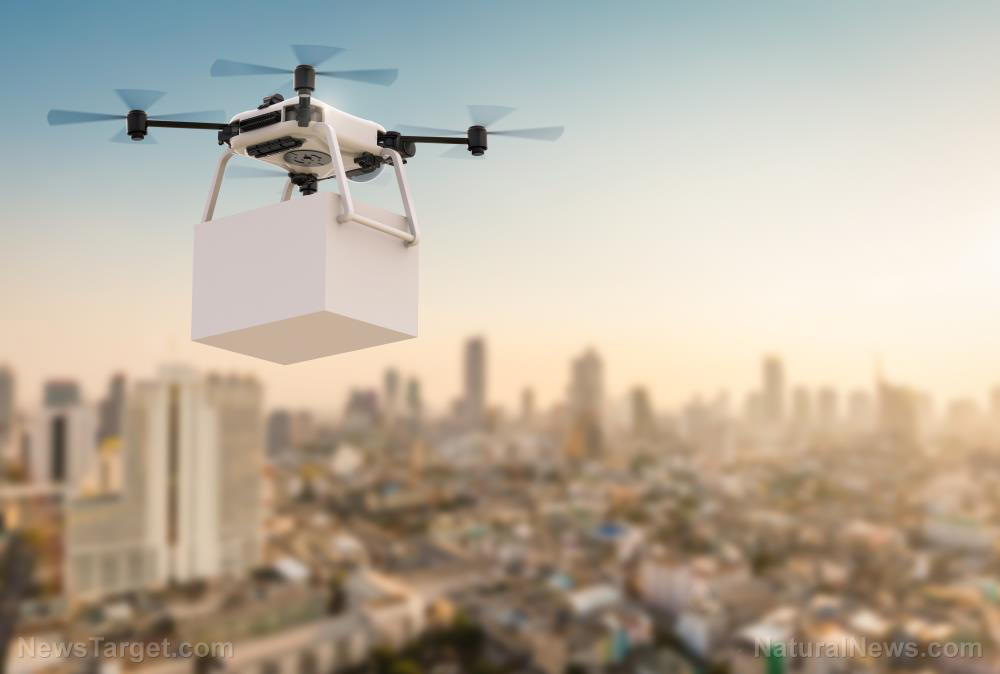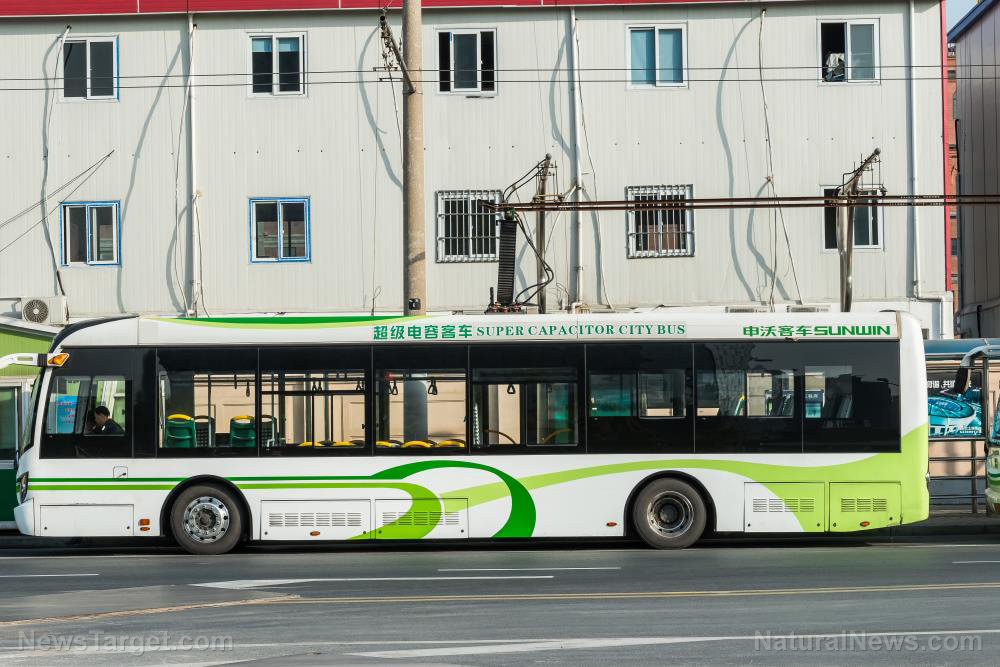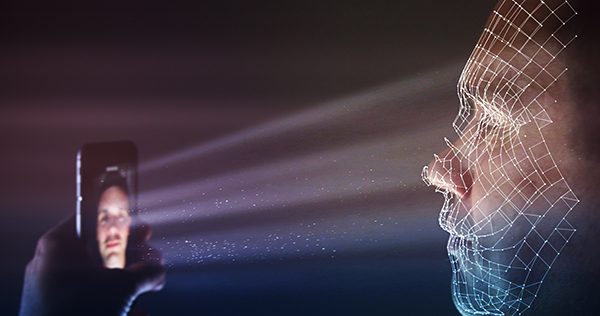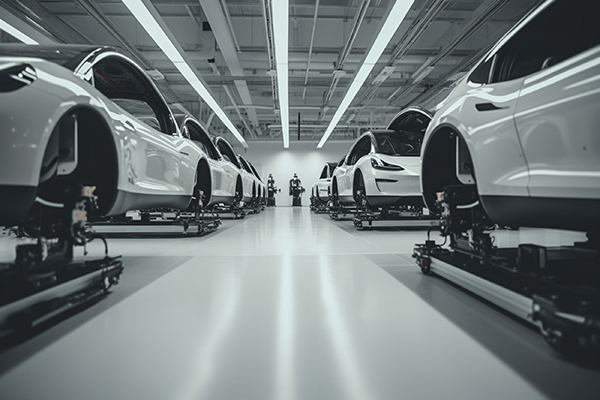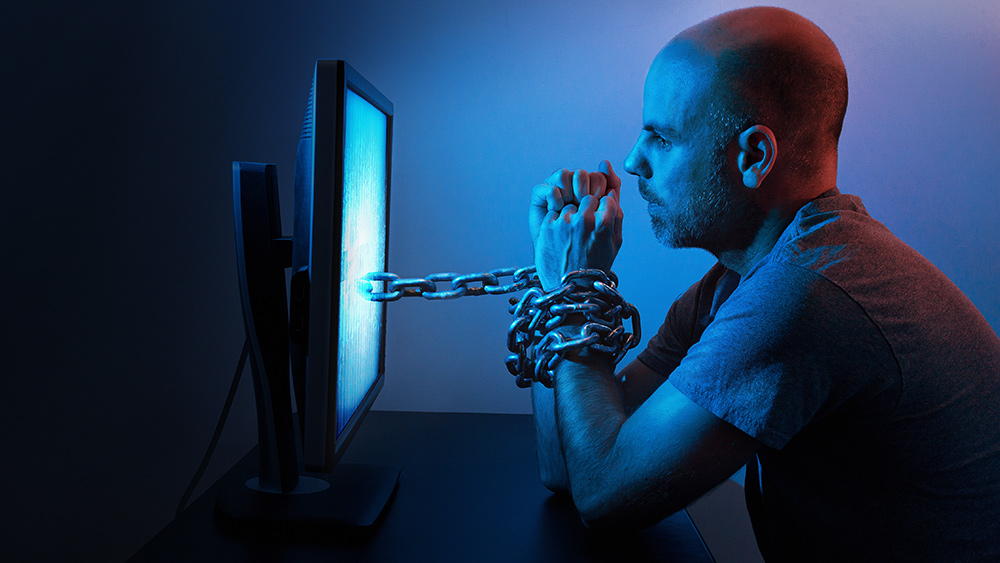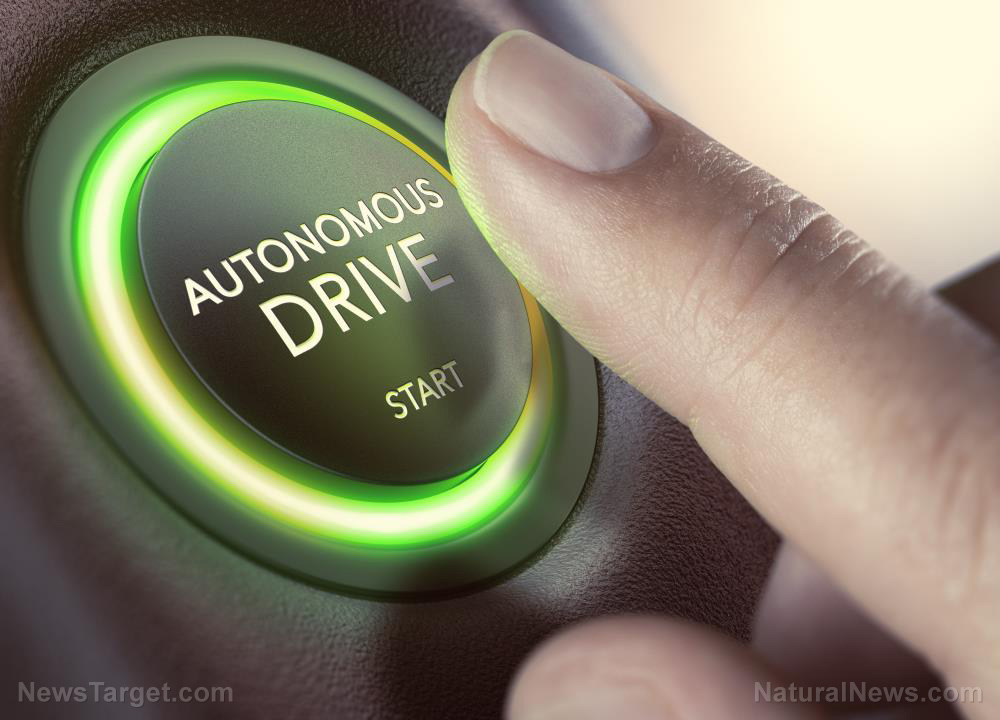Driverless Cruise robotaxi DRAGGED a woman pinned under it for 20 feet
11/03/2023 / By Zoey Sky
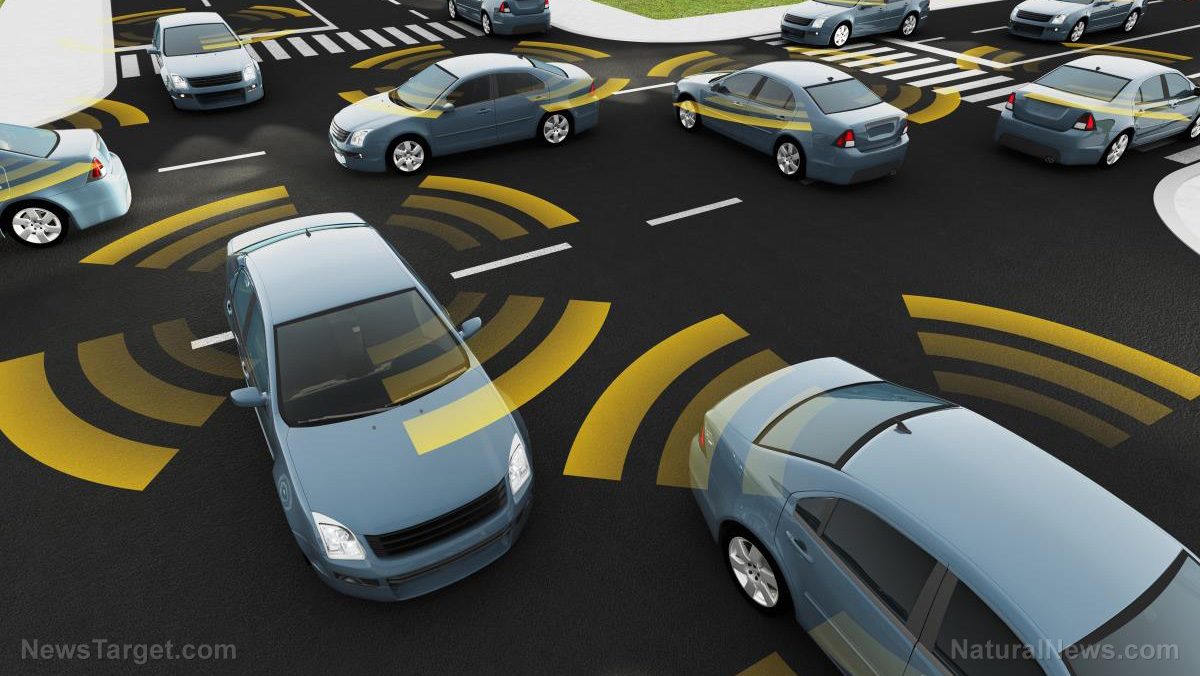
Early in October, a woman found herself pinned under a Cruise robotaxi after getting hit by a hit-and-run driver in downtown San Francisco. She was subsequently dragged approximately 20 feet by the driverless car before getting rescued and rushed to a hospital with serious injuries.
On October 24, state authorities suspended Cruise’s operating permit, banning it from deploying driverless cars on public roads until safety concerns are resolved. The National Highway Traffic Safety Administration has also investigated to see if it should also take action.
Now, Cruise’s response to the gruesome incident could make or break California’s new robotaxi industry.
These incidents are part of a new chapter in the evolution of driverless cars and trucks. The public is now keeping a close eye on the ethics of Cruise management, especially its founder and CEO Kyle Vogt.
According to the California Department of Motor Vehicles (DMV), Cruise’s permit was suspended due to safety concerns. However, the agency also said that Cruise, which is owned by General Motors (GM), intentionally misled the agency about basic facts.
Bryant Walker Smith, an expert in automated vehicle law at the University of South Carolina, explained that safety and trust issues are bound to deepen public skepticism about the technology and cause regulators to reevaluate their level of confidence in Cruise, if not the whole industry.
Data revealed that a car with a human driver hit a woman who was crossing the street against a red light at the intersection of 5th and Market Streets. After the crash, the woman slid over the hood and into the path of a Cruise robotaxi, which did not have a human driver.
These were the facts that were publicized immediately after the pedestrian incident. Cruise said the crash was tragic, but the company also claimed that the robotaxi stopped like it was supposed to.
However, the DMV revealed something that Cruise did not say. After remaining “still for an unspecified period of time,” the robotaxi started moving forward at about seven miles per hour (mph) whilst dragging the woman with it for 20 feet.
Cruise showed a video of the incident to reporters but the company also barred them from posting it publicly.
The video shown to reporters ended with the robotaxi sitting motionless. It was edited and did not show the car start up and drag the woman. Cruise showed the same abbreviated video to DMV.
Smith said Cruise’s withholding of the full video was “baffling” since it will eventually come out. (Related: Driverless car gets stuck in wet concrete in San Francisco a few days after CPUC approves robotaxi expansion services.)
Cruise’s actions could halt robotaxi industry in California
When asked why the company did not show the pedestrian-dragging part of the video to reporters, Hannah Lindow, a Cruise spokesperson, said the company “moved quickly to get information out to necessary parties.”
Lindow added that Cruise first wanted to make sure that all officials had access to the information they needed immediately to apprehend the hit-and-run driver. She added that initial media reports stated that the Cruise vehicle first struck the pedestrian and did not mention the hit-and-run driver that caused the incident. “It was important to correct the record to show that the incident was initiated by a human-driven vehicle that fled the scene,” said Lindow.
Both Cruise and Waymo, the former’s competitor, have been under fire for months for the tendency of their robotaxis to interfere with firefighters, emergency medical workers and police on the road. Even the chief of the San Francisco Fire Department warned that the robotaxis were “not ready for prime time.”
At the time, the companies asked permission for a major expansion of their robotaxi services in San Francisco from the California Public Utilities Commission (CPUC). Opponents asked the commission for a pause, recommending that the emergency responder issue be resolved first.
In August, the commission voted three to one to allow the expansion. One of the yes votes came from Commissioner John Reynolds, Cruise’s former corporate counsel, who was appointed by Gov. Gavin Newsom.
Following the vote, a Cruise vehicle crashed into a firetruck. The company’s vehicles also started to act in bizarre ways, with some clustering together to block pedestrian and vehicle traffic at busy intersections for no clear reason.
All these incidents preceded the pedestrian incident involving a robotaxi and Cruise’s suspicious response. At present, the state of California is contemplating how to manage an expected influx of robotaxis in the near future.
Watch the video below as a Tesla on autopilot hits a sheriff’s car in North Carolina.
This video is from the TKWK T.V channel on Brighteon.com.
More related stories:
“IT malfunction” brings Germany’s Volkswagen factories to a grinding halt.
Austin officials complain of self-driving cars BLOCKING emergency vehicles.
Sources include:
Submit a correction >>
Tagged Under:
autonomous cars, autonomous vehicles, big government, California, car accidents, computing, conspiracy, cruise, Dangerous, deception, driverless cars, future tech, Glitch, information technology, inventions, national security, rigged, road safety, robotaxis, robotics, robots, San Francisco, self-driving cars, suppressed, Waymo
This article may contain statements that reflect the opinion of the author
RECENT NEWS & ARTICLES
COPYRIGHT © 2017 INVENTIONS NEWS

